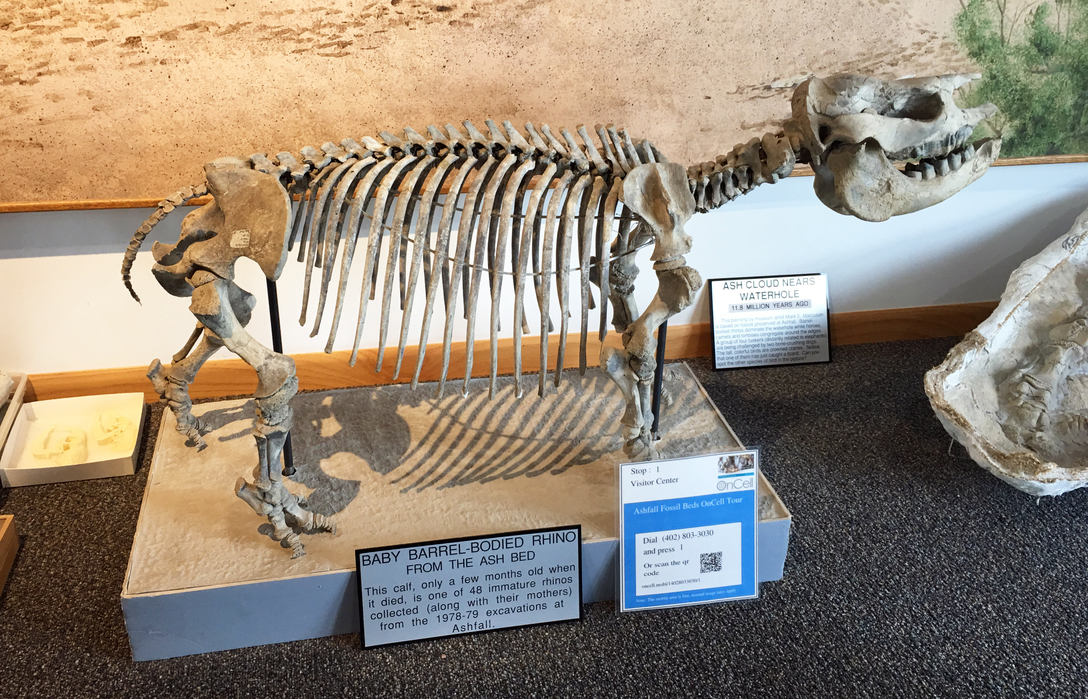BETA TEST - Fossil data and pages are very much experimental and under development. Please report any problems
 Perissodactyla
Perissodactyla
| Source Data |
| |||||||||||||||||||||||||||||||||||||||||||||||||||||||||||||||||||||||||||||||||||||||||||||||||||||||||||||||||||||||||||||||||||||||
|---|---|---|---|---|---|---|---|---|---|---|---|---|---|---|---|---|---|---|---|---|---|---|---|---|---|---|---|---|---|---|---|---|---|---|---|---|---|---|---|---|---|---|---|---|---|---|---|---|---|---|---|---|---|---|---|---|---|---|---|---|---|---|---|---|---|---|---|---|---|---|---|---|---|---|---|---|---|---|---|---|---|---|---|---|---|---|---|---|---|---|---|---|---|---|---|---|---|---|---|---|---|---|---|---|---|---|---|---|---|---|---|---|---|---|---|---|---|---|---|---|---|---|---|---|---|---|---|---|---|---|---|---|---|---|---|---|
| Rank | order (PBDB) | |||||||||||||||||||||||||||||||||||||||||||||||||||||||||||||||||||||||||||||||||||||||||||||||||||||||||||||||||||||||||||||||||||||||
| Taxonomy (PBDB) | Life : Animalia : Chordata : Mammalia : Perissodactyla | |||||||||||||||||||||||||||||||||||||||||||||||||||||||||||||||||||||||||||||||||||||||||||||||||||||||||||||||||||||||||||||||||||||||
| Classification (PBDB,GBIF) |
| |||||||||||||||||||||||||||||||||||||||||||||||||||||||||||||||||||||||||||||||||||||||||||||||||||||||||||||||||||||||||||||||||||||||
| Common Name | odd-toed ungulate | |||||||||||||||||||||||||||||||||||||||||||||||||||||||||||||||||||||||||||||||||||||||||||||||||||||||||||||||||||||||||||||||||||||||
| Opinions (PBDB) |
| |||||||||||||||||||||||||||||||||||||||||||||||||||||||||||||||||||||||||||||||||||||||||||||||||||||||||||||||||||||||||||||||||||||||
| Status (PBDB) | extant | |||||||||||||||||||||||||||||||||||||||||||||||||||||||||||||||||||||||||||||||||||||||||||||||||||||||||||||||||||||||||||||||||||||||
| Taxon Size (PBDB) | 1,506 | |||||||||||||||||||||||||||||||||||||||||||||||||||||||||||||||||||||||||||||||||||||||||||||||||||||||||||||||||||||||||||||||||||||||
| Extant Size (PBDB) | 82 (5.4%) | |||||||||||||||||||||||||||||||||||||||||||||||||||||||||||||||||||||||||||||||||||||||||||||||||||||||||||||||||||||||||||||||||||||||
| First Recorded Appearance | 59.2 - 56.0 Ma Paleocene | |||||||||||||||||||||||||||||||||||||||||||||||||||||||||||||||||||||||||||||||||||||||||||||||||||||||||||||||||||||||||||||||||||||||
| Environment | terrestrial (based on Eutheria) | |||||||||||||||||||||||||||||||||||||||||||||||||||||||||||||||||||||||||||||||||||||||||||||||||||||||||||||||||||||||||||||||||||||||
| Motility | actively mobile (based on Osteichthyes) | |||||||||||||||||||||||||||||||||||||||||||||||||||||||||||||||||||||||||||||||||||||||||||||||||||||||||||||||||||||||||||||||||||||||
| Diet | browser, grazer (based on Perissodactyla) | |||||||||||||||||||||||||||||||||||||||||||||||||||||||||||||||||||||||||||||||||||||||||||||||||||||||||||||||||||||||||||||||||||||||
| Ecospace Comments | life habit and diet based on Nowak 1999 | |||||||||||||||||||||||||||||||||||||||||||||||||||||||||||||||||||||||||||||||||||||||||||||||||||||||||||||||||||||||||||||||||||||||
| Taphonomy | phosphatic (based on Vertebrata) | |||||||||||||||||||||||||||||||||||||||||||||||||||||||||||||||||||||||||||||||||||||||||||||||||||||||||||||||||||||||||||||||||||||||
| Primary Reference (PBDB) | R. Owen. 1848. Description of teeth and portions of jaws of two extinct Anthracotherioid quadrupeds (Hyopotamus vectianus and Hyop. bovinus) discovered by the Marchioness of Hastings in the Eocene deposits on the NW coast of the Isle of Wight: with an attempt to develope Cuvier's idea of the Classification of Pachyderms by the number of their toes. Quarterly Journal of the Geological Society of London 4:103-141 | |||||||||||||||||||||||||||||||||||||||||||||||||||||||||||||||||||||||||||||||||||||||||||||||||||||||||||||||||||||||||||||||||||||||
Fossil Distribution
Subtaxa
| Name | Status | Common Name(s) | Fossil Occurrences | Oldest | Youngest |
|---|---|---|---|---|---|
order | listed (PBDB) | Desmostylian | 199 | 33.9 Ma Oligocene | 11.6 Ma Miocene |
order | listed (PBDB) | ||||
suborder | listed (PBDB) | 6,809 | 56.0 Ma Paleocene | 0 Ma Extant | |
suborder | listed (PBDB) | 0 Ma Extant | |||
suborder | listed (PBDB) | ||||
suborder | listed (PBDB) | ||||
superfamily | listed (PBDB) | 2 | 0.78 Ma Pleistocene | 0.78 Ma Pleistocene | |
family | accepted (GBIF) listed (PBDB) | 28 | 56.0 Ma Paleocene | 47.8 Ma Eocene | |
family | accepted (GBIF) listed (PBDB) | Brontothere | 550 | 56.0 Ma Paleocene | 28.4 Ma Oligocene |
family | accepted (GBIF) listed (PBDB) | 1 | 56.0 Ma Paleocene | 56.0 Ma Paleocene | |
family | accepted (GBIF) listed (PBDB) | ||||
family | listed (PBDB) | ||||
tribe | listed (PBDB) | 0 Ma Extant | |||
genus | accepted (GBIF) listed (PBDB) | 8 | 56.0 Ma Paleocene | 56.0 Ma Paleocene | |
genus | doubtful (GBIF) listed (PBDB) | 8 | 56.0 Ma Paleocene | 56.0 Ma Paleocene | |
genus | doubtful (GBIF) listed (PBDB) | 1 | 55.8 Ma Eocene | 55.8 Ma Eocene | |
genus | accepted (GBIF) listed (PBDB) | ||||
genus | accepted (GBIF) listed (PBDB) | 1 | 56.0 Ma Paleocene | 56.0 Ma Paleocene | |
genus | accepted (GBIF) listed (PBDB) | 25 | 59.2 Ma Paleocene | 47.8 Ma Eocene | |
genus | doubtful (GBIF) listed (PBDB) | 34 | 56.0 Ma Paleocene | 56.0 Ma Paleocene | |
genus | accepted (GBIF) listed (PBDB) | 1 | 41.3 Ma Eocene | 41.3 Ma Eocene | |
genus | accepted (GBIF) listed (PBDB) | 18 | 59.2 Ma Paleocene | 55.8 Ma Eocene | |
unranked clade | listed (PBDB) | 4,738 | 56.0 Ma Paleocene | 0 Ma Extant |
Synonymy List
| Year | Name and Author |
|---|---|
| 1848 | Perissodactyla Owen p. 131 |
| 1873 | Perissodactyla Leidy p. 321 |
| 1883 | Perissodactyla Flower p. 185 |
| 1889 | Perissodactyla Cope p. 876 |
| 1891 | Perissodactyla Cope p. 8 |
| 1891 | Perissodactyla Flower and Lydekker p. 90 |
| 1894 | Perissodactyla Ameghino p. 13 |
| 1897 | Hippopotamus iravaticus Noetling |
| 1898 | Perissodactyla Gadow p. 46 |
| 1902 | Perissodactyla Hay p. 607 |
| 1908 | Perissodactyla Lambe |
| 1910 | Perissodactyla Gregory p. 466 |
| 1969 | Perissodactyla Ferrusquia-Villafranca |
| 1975 | Perissodactyla McKenna p. 43 |
| 1981 | Perissodactyla Thurmond and Jones p. 182 |
| 1984 | Perissodactyla Schoch p. 3 |
| 1985 | Perissodactyla Kumar and Sahni p. 153 |
| Year | Name and Author |
|---|---|
| 1986 | Perissodactyla Hooker p. 342 |
| 1986 | Perissodactyla MacFadden p. 467 |
| 1988 | Perissodactyla Carroll |
| 1989 | Perissodactyla Prothero and Schoch p. 530 |
| 1991 | Perissodactyla Nowak |
| 1997 | Selenida McKenna and Bell |
| 1999 | Perissodactyla Waddell et al. p. 3 |
| 2001 | Perissodactyla Madsen et al. p. 610 |
| 2001 | Perissodactyla Waddell et al. p. 148 |
| 2005 | Perissodactyla Prothero |
| 2006 | Perissodactyla Hulbert and Whitmore p. 13 |
| 2006 | Perissodactyla Symeonidis et al. |
| 2009 | Perissodactyla MacFadden |
| 2010 | Perissodactyla Asher and Helgen p. 3 figs. Figure 1 |
| 2014 | Perissodactyla Cooper et al. p. 3 fig. 3 |
| 2014 | Perissodactyla Ferrusquía-Villafranca et al. p. 204 |
References
Data courtesy of: PBDB: The Paleobiology Database, Creative Commons CC-BY licenced. , GBIF: the Global Biodiversity Information Facility, various licences, iDigBio, various licences, and EOL: The Encyclopedia of Life (Open Data Public Domain). Because fossils are made of minerals too!






Ashfall Fossil Beds State Historical Park, Antelope County, Nebraska, USA